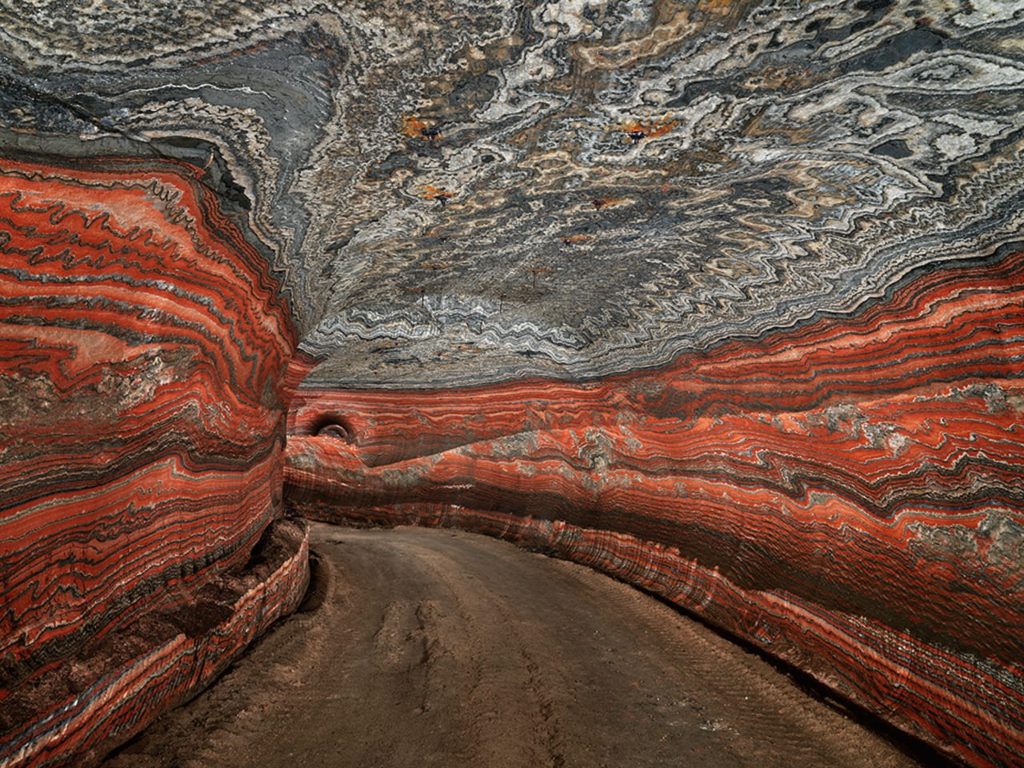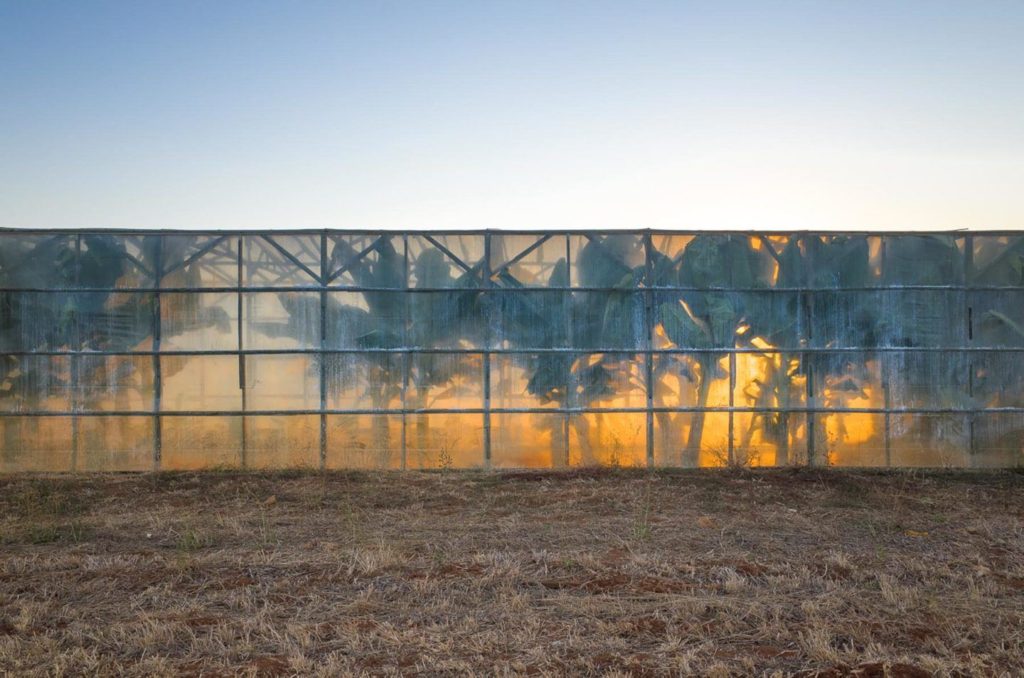The Anthropocene defines Earth’s most recent geologic time period as being human-influenced, or anthropocentric, based on overwhelming global evidence that atmospheric, geologic, hydro-logic, biospheric and other earth system processes are now altered by humans. The word combines the root “anthropo“, meaning “human” with the root “-cene“, the standard suffix for “epoch” in geologic time. The Anthropocene is distinguished as a new period either after or within the Holocene, the current epoch, which began approximately 10,000 years ago (about 8000 BC) with the end of the last glacial period.
ANTHROPOCENE IN PHOTOGRAPHY
Many photographers around the world have used Anthropocene as a stimulus and a trigger point for various projects, which for the most part aim to create and spread awareness on several issues such as climate change, plastic pollution, poverty, urbanisation, overpopulation, and open cast mining.
‘ Burtynsky’s latest exhibition, The Anthropocene Project, is directly influenced by the proposed new geologic era ‘Anthropocene’ – introduced in 2000 by chemist and Nobel Prize winner Paul Jozef Crutzen, to represent a formal recognition and acknowledgement of the “human signature” on the planet. Experts argue that the end of the current epoch has been marked by striking acceleration since the mid-20th century of carbon dioxide emissions and rising sea levels, the mass extinction of global species, and the transformation of land by deforestation and development. Burtynsky hopes to demonstrate this. “Scientists do a pretty terrible job of telling stories, whereas artists have the ability to take the world and make it accessible for everyone,” says the 63-year-old. “We are having a greater impact on the planet than all the natural systems combined. I’m trying to let people know that.” ‘






